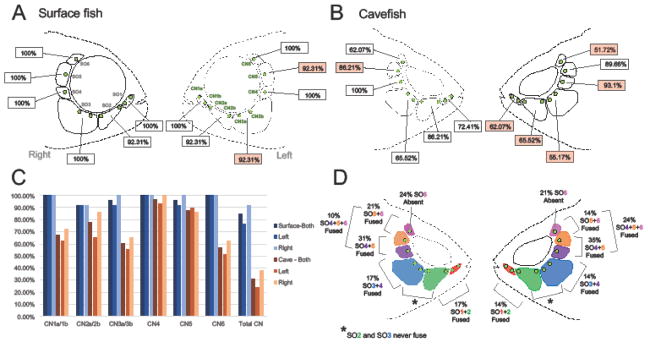Figure 2. Stereotypical patterning of infraorbital canal neuromasts and suborbital bones in the Astyanax mexicanus cranial complex.
Surface fish (A) typically follow a pattern of nine canal neuromasts (CN) embedded in the infraorbital canal that runs through each of six suborbital bones (SO). Generally, surface fish display a normal sequence of canal neuromasts, but in rare instances (~8% of individuals) a deviation in number of CN per bone occurred. For example, on the left side of surface fish, 92.31% of individuals had two CN (CN2a and CN2b) associated with the SO3 bone (A). This same pattern was scored on the right and left sides of the face for both surface and cavefish with red boxes denoting lateral differences in each morph (A–B). Cavefish exhibited a larger deviation from the typical CN pattern and the sequence was frequently asymmetric. For example, only 55.17% of individuals conformed to the normal pattern on the SO3 bone on the left side, compared to 65.52% on the right side (B). Surface fish display symmetric CN sequences on the lateral sides with the of slight deviations on the SO3 and SO5 bones on the left side (A–C). Cavefish, however, were on average asymmetric for each of the SO bones (B–C). Interestingly, there was a decrease in the proportion of cavefish individuals that follow the CN pattern on the left side for each of the SO bones with the exception of SO5 on the right (C). In addition to alterations in CN patterning, cavefish frequently display both bone loss (SO6) and fusion events within the suborbital series (D). These events also occur asymmetrically across the lateral axis of the face. In comparison, SO bone loss and fusion rarely occur in surface fish. The second and third SO bones never fuse in either morph (Fig. 3).

